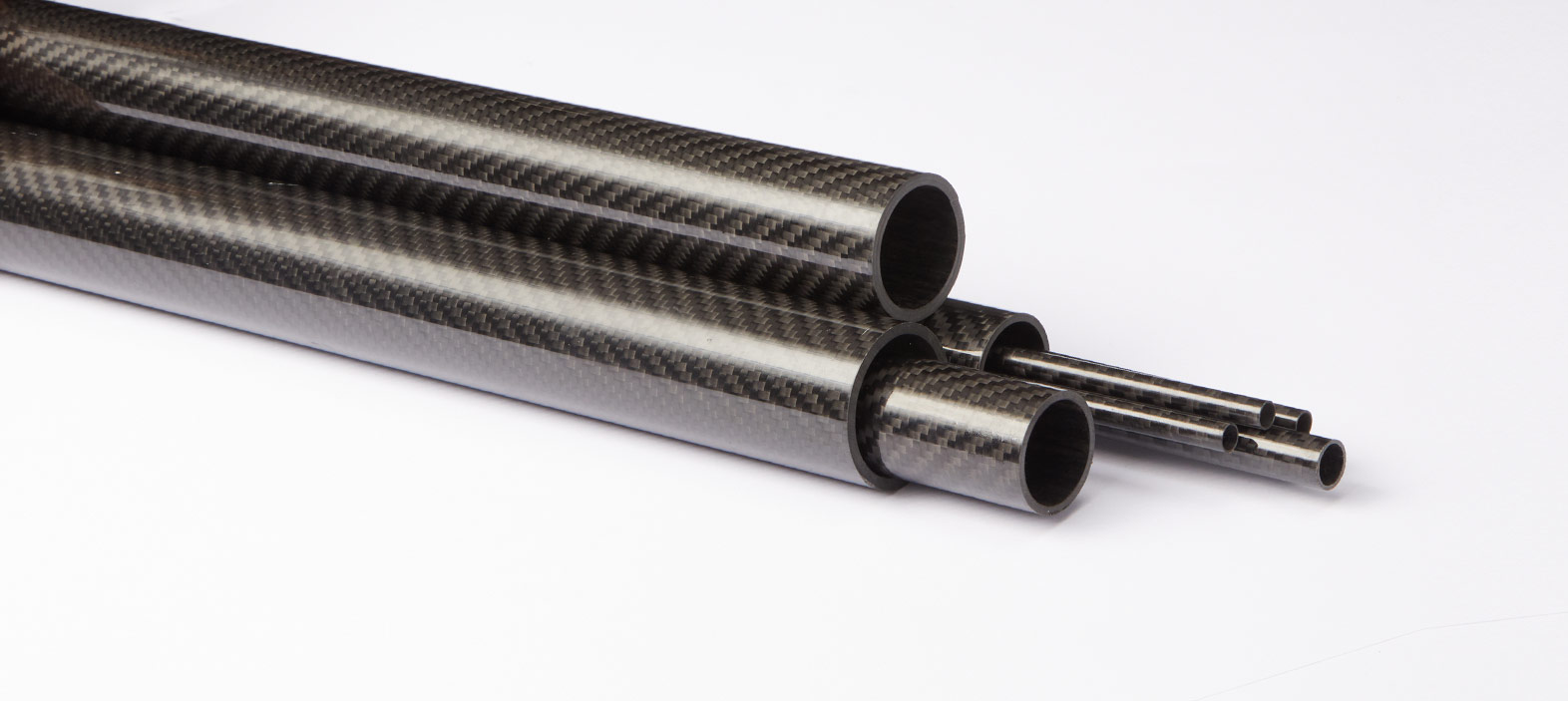
Understanding Carbon Fiber Tube Construction: Filament Winding Prepreg vs. Pultrusion
👁 Reads: 892
Carbon fiber tubes have become an essential component in a wide range of industries due to their superior strength-to-weight ratio, exceptional stiffness, and resistance to corrosion. These tubes are utilized in aerospace, automotive, sporting goods, and construction, where performance and durability are critical. The manufacturing of carbon fiber tubes can be achieved through several processes, with filament winding and pultrusion being two of the most widely used methods. In this blog, we will explore the differences between filament winding and pultrusion, focusing on their application in carbon fiber tubes, including prepreg carbon fiber tubes, carbon fiber square tubes, and pultruded carbon fiber tubes.
What Are Carbon Fiber Tubes?
Carbon fiber tubes are hollow structures made from carbon fibers, typically combined with a resin matrix. These tubes are lightweight yet incredibly strong, making them ideal for applications where both weight reduction and strength are critical. Carbon fiber tubes are commonly used in a variety of products, such as frames for bicycles, automotive components, and even aircraft parts. The construction method used to create these tubes directly impacts their performance and suitability for different applications.
Filament Winding
Filament winding is a composite manufacturing process where continuous carbon fibers are wound around a rotating mandrel, usually in a helical pattern. The fibers are pre-impregnated with resin (prepreg carbon fiber tubes) or applied with resin during the winding process. This technique allows for the production of carbon fiber tubes with a high strength-to-weight ratio and tailored fiber orientation, offering specific mechanical properties in different directions. Filament winding is most commonly used for manufacturing large, hollow cylindrical structures like tanks, pipes, and pressure vessels, as well as carbon fiber tubes.
Advantages of Filament Winding:
- Customization of Fiber Orientation: Filament winding allows for precise control of the fiber orientation, which helps in optimizing the mechanical properties of the carbon fiber tube. For example, the winding angle can be adjusted to maximize strength in specific directions.
- Strength and Durability: Filament-wound carbon fiber tubes offer excellent resistance to torsion, bending, and axial loads, making them suitable for applications that require high performance under stress.
- Complex Shapes and Large Diameters: This method is well-suited for creating large and complex geometries, such as carbon fiber tubes with non-circular cross-sections, including carbon fiber square tubes.
Applications:
- Filament winding is often used for producing pressure vessels, tanks, and large carbon fiber tubes that require high strength.
- It’s particularly popular in the aerospace and automotive sectors for creating lightweight but strong structural components.
Pultrusion
Pultrusion is another method used to create carbon fiber tubes, but it is quite different from filament winding. In the pultrusion process, continuous fibers, including carbon fiber, are pulled through a resin bath and then through a heated die. The die shapes the fibers into the desired tube or profile, and the heat cures the resin, solidifying the composite structure. Pultruded carbon fiber tubes, in round and square shapes, are created by continuously pulling fibers through a mold, which results in a high-strength, lightweight product.
Advantages of Pultrusion:
- High Volume Production: Pultrusion is ideal for high-volume production of carbon fiber tubes. The continuous process allows for efficient manufacturing with minimal material waste, making it more cost-effective for large-scale production.
- Consistent Cross-Sectional Profiles: Pultrusion allows for the creation of carbon fiber tubes with consistent cross-sections, ensuring uniformity in the final product. This is particularly beneficial for manufacturing products like carbon fiber square tubes, which require precise dimensions.
- Cost-Effectiveness: Pultrusion is typically more cost-effective for producing carbon fiber tubes in large quantities. The process is automated, reducing labor costs and increasing throughput.
- High Strength: Pultruded carbon fiber tubes are known for their high tensile strength and excellent resistance to impact, making them suitable for demanding applications in construction and industrial sectors.
Applications:
- Pultrusion is widely used in the manufacturing of structural components, like carbon fiber square tubes, used in construction, infrastructure, and automotive industries.
- It is also employed for creating lightweight yet strong carbon fiber tubes used in sports equipment, such as fishing rods, or in industrial components where consistent strength is required.
Comparison: Filament Winding vs. Pultrusion
While both filament winding and pultrusion are effective methods for producing carbon fiber tubes, they differ in several important aspects, which make each method suitable for different applications.
- Customization of Fiber Orientation: Filament winding offers greater flexibility in controlling the fiber orientation, making it ideal for applications where specific directional strength is required. Pultrusion, on the other hand, has less flexibility in this area, as the fibers are aligned in the direction of the pull, which is typically along the axis of the tube.
- Tube Geometry: Filament winding can produce tubes with more complex geometries, including non-circular cross-sections like carbon fiber square tubes, while pultrusion is primarily used to create tubes with more consistent, simpler shapes.
- Production Volume: Pultrusion is better suited for high-volume production due to its continuous and automated process, whereas filament winding is more suitable for lower-volume production or products with highly specialized designs.
- Cost: Pultrusion is generally more cost-effective for mass production because of its efficiency in creating uniform products. Filament winding, while providing more customization, is often more expensive due to the labor-intensive nature of the process and the complexity of the equipment.
Both filament winding and pultrusion are important methods for producing carbon fiber tubes, and each has its own strengths. Filament winding is best for applications requiring high-strength, custom fiber orientations, and larger, complex shapes, while pultrusion excels in mass production of consistent, strong carbon fiber tubes, such as pultruded carbon fiber tubes or carbon fiber square tubes. The choice between the two methods depends largely on the specific application, required properties, and production volume. By understanding these differences, manufacturers can select the most appropriate method for producing high-performance carbon fiber tubes that meet their design and functional needs.





